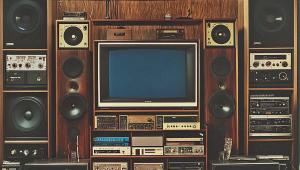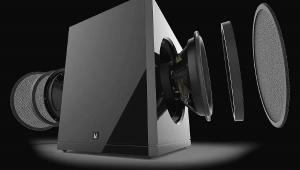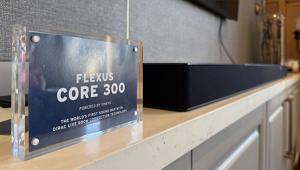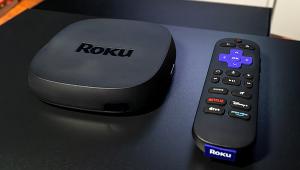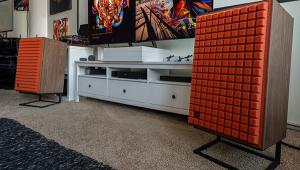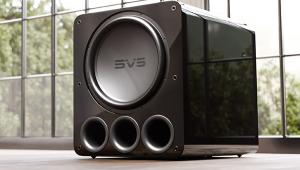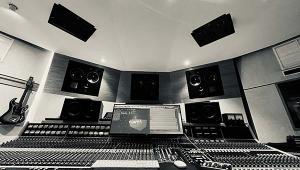Special Report: Mitsubishi WD-52627 HDTV

| ||||||||||
|
Though 1080p resolution has been a feature of some flat-panel LCDs and a few high-end LCoS (liquid crystal on silicon) big-screen sets, this is the first year it will be widely available in relatively affordable rear-projection HDTVs. That's because 1080p can now be realized with DLP - Texas Instruments' popular Digital Light Processing "micromirror" technology. The 52-inch Mitsubishi WD-52627 is among the first of a slew of 1080p DLP models coming to market.
I'm a fan of DLP's picture quality, so I was eager to see how this new Mitsubishi would do, especially since it's much less expensive than previous big-screen 1080p TVs. At $3,700 list, the WD-52627 brings higher-resolution big screens to ordinary shoppers.
WHAT'S 1080p? Anyone who's ever shopped for an HDTV has faced the terms 1080i and 720p. These numbers describe the most commonly used HDTV broadcast signals as well as an HDTV's native display format. Any signal an HDTV sees at its input must be converted to its native format before it can be displayed. The "i" or "p" part describes whether the HDTV displays signals as interlaced or progressive video. More often than not, this depends on the display technology. CRT-based HDTVs, whether direct-view or rear projection, are usually native 1080i - the picture is made up of 1,080 horizontal scan lines flashed up as two fields in rapid succession, each containing half the lines (though in reality, very few displays can produce all 1,080 lines). All fixed-pixel HDTVs - LCD or plasma flat panels, or rear projectors based on LCD, DLP, or LCoS light engines - are progressive-scan displays that flash up all of their horizontal and vertical lines of pixels at once, in the same 1/60 of a second an interlaced display uses to put up one field. But until now, most were limited to 720 horizontal lines of resolution.
Thanks to their bright images and slim profiles, 720p DLP, LCD, and plasma TVs are extremely popular. But the most common broadcast format by far is 1080i. At any moment, these signals carry more than 2 million pixels of information in a 1,920 x 1,080 grid - more than twice as many as 720p. Yet today's 1080i and 720p HDTVs can't get them all onscreen at the same time. The TVs simply don't have enough pixels or produce enough scan lines to do the job. So they convert the signal, essentially throwing out resolution.
Here's where 1080p comes in. Done properly, it has two key advantages over lower-resolution HDTVs. First, depending on the technology used, the pixels in a 1080p TV will likely be either packed more closely (as with a typical square-pixel grid) or have overlapping footprints onscreen (as in the new DLP technology). That can vastly reduce or eliminate visible gaps between the pixels - the so-called "screen-door effect" - creating a smoother, more natural picture.
Second, when you see "1080p" describing an HDTV, it means the set's imaging element can theoretically display all 2 million of those pixels in a 1080i signal at once (or the visual equivalent). And since 1080i converts more cleanly to 1080p than to 720p, it's easier to preserve all that original picture detail. To be sure, going from a 720p to a 1080p display is an evolutionary step - nothing like the upgrade from standard to high-def TV. But the technology has the potential to finally let HDTV be all it can be.
- Log in or register to post comments










